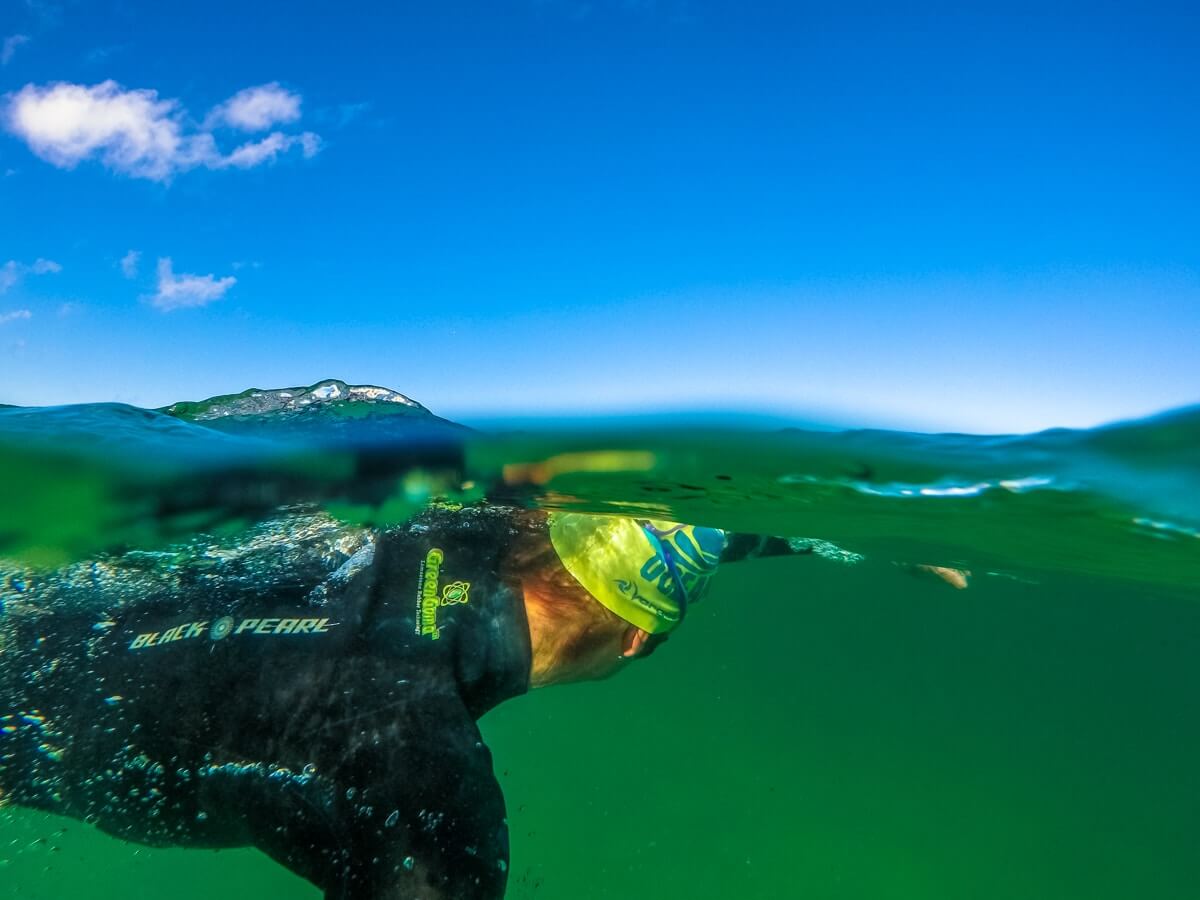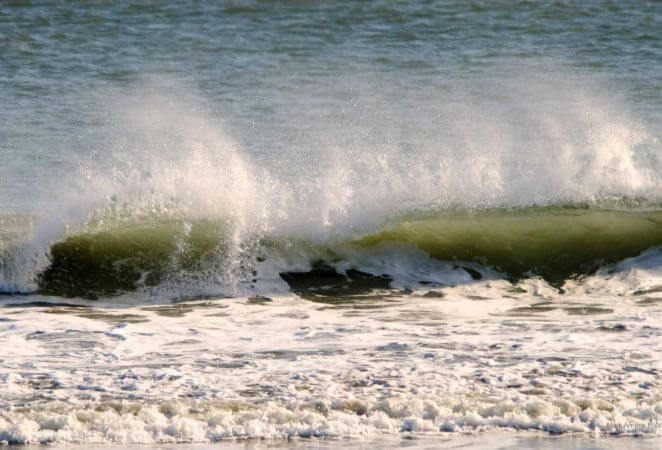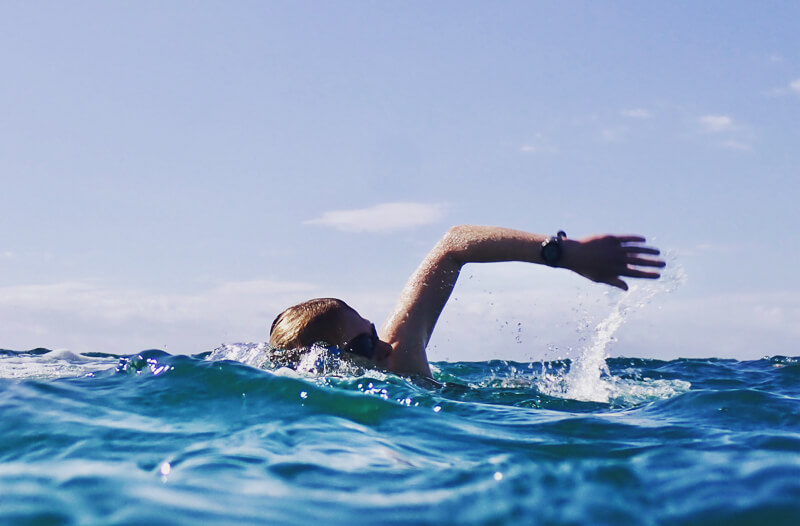What to look for in an open water swimming wetsuit

Are you thinking about purchasing an open water swimming wetsuit?
As an ocean swimming instructor I spend a lot of time in the water… a lot!
Sometimes the water is warm, other times it’s freezing (see Coriolis effect: when the water gets cold in the summer), but one thing remains true, just being in the water for a long time can quickly drop your core temperature.
So, whether I’m coaching, or ocean swimming, if I’m wearing a wetsuit I want to be wearing one that’s comfortable, flexible and that will give me an edge.
Swimmers wear open water swimming wetsuits for many reasons; including for warmth, for speed, and for safety and confidence.
In Australia, the wearing of wetsuits in ocean swims is frowned upon by the old school ocean swimmers who believe you’re not a ‘real’ ocean swimmer unless you swim ‘newd’. Rubbish. Yes, it’s nice swimming free, but sometimes wearing a wetsuit can bring much joy.
In the New Zealand ocean swim series you’d be the odd one out for not wearing a wetsuit. In triathlons, you’d be silly not to wear one, the benefit gained in speed and efficiency is too great to give up (just make sure you don’t lose any gains by taking too long to get out of it!).
Let’s look at the factors ocean swimmers are looking for in a wetsuit:
Wetsuits for warmth
Wearing a wetsuit will keep you warmer in cooler water (duh!). How warm will depend on how cold the water is, and how thick your wetsuit is. The thinner the wetsuit, the less buoyancy you’ll get, the thicker the wetsuit, the more buoyant. Be careful, having too much buoyancy can make you inefficient in the water because you’ll be sitting too high above the waterline.
Many open water/triathlon events will not allow you to wear a wetsuit if the water temperature hits 20 degrees (in fact this is the new FINA rule, including mandatory wearing of wetsuits in temperatures 18 degrees and below). At this temperature you’ll start to overheat in your wetsuit, causing dehydration and heat exhaustion – which can have dire consequences.
Wetsuits for speed
Wearing the right wetsuit will make you more buoyant (so less drag) and more efficient (take longer to fatigue) in the water, which will more than likely translate into increased real speed, and ability to hold a faster pace for longer. How much? It depends, but in general, it’s agreed you could experience a speed increase of up to 10% faster.
Wetsuits for safety and confidence
If you’re warmer and more buoyant, it’ll also make you feel more confident in the open water. Wearing a wetsuit is like having your own rescue tube – if you get tired, you can float and rest, and while you’re resting you won’t get cold.
Other things to think about when choosing an open water swimming wetsuit
- Watch your buoyancy in the surf. The more buoyant you are, the harder it is to dive under the water/waves. So be mindful of your extra buoyancy when swimming through the surf zone. Practice countering the buoyancy, and learn to stay under the water longer, even if your wetsuit wants to bring you to the surface.
- Don’t go too pro, to fast. How often are you going to wear your wetsuit, and for what purpose? There’s no point shelling out 100’s of dollars for the latest greatest wetsuit if you’re only wearing it occasionally when the water gets a little cold. Also, if you’re only an average swimmer, you’re probably not going to notice any difference between a mid-range and top-range wetsuit.
- The right wetsuit for your needs. Do you need a full wetsuit, a short ‘spring suit’, or just a wetsuit top? Depending on when, where and why you’re swimming, there are many different styles. If you only need a little bit of extra warmth in-between seasons and on those cooler days, try a wetsuit top.
- Try on before you buy! People come in all shapes and sizes, and so do wetsuits. Make sure you try on a variety of wetsuits and preferably get an expert to help you choose. A little bit of extra neoprene here, a little less there, will make all the difference.
- Get used to it. If you’re wearing a wetsuit for the first time, you’ll want to practice wearing your wetsuit in the pool and in the open water in calm non-race conditions so you get used to the feeling of it (especially around your neck). Don’t wait until race day!
Related links
How to choose a wetsuit for ocean swimming
Video: Changing into a wetsuit






Responses